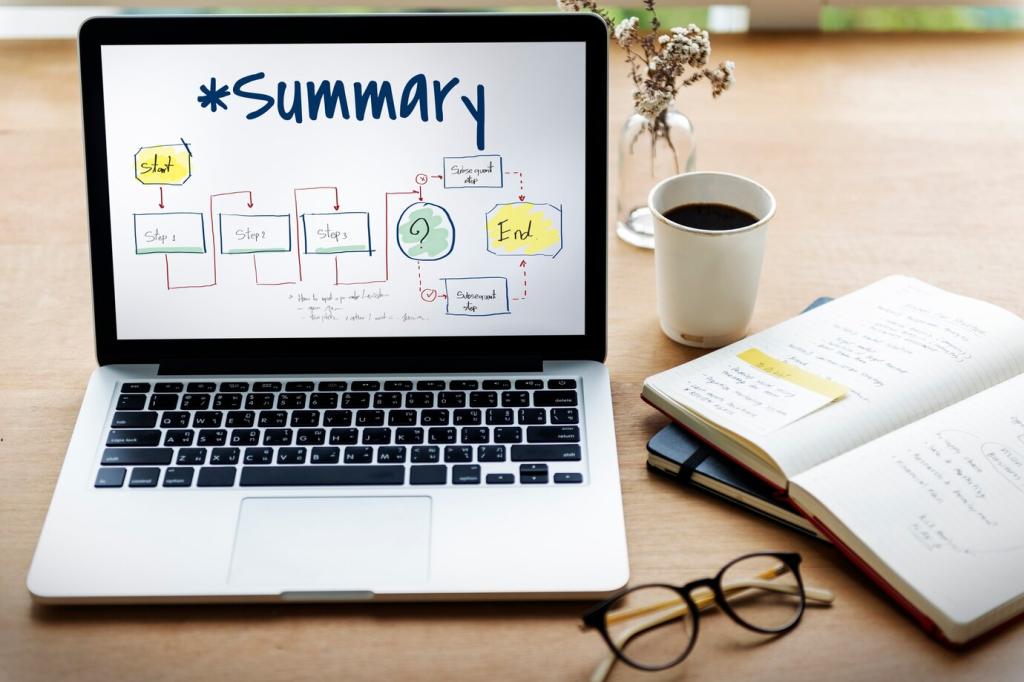Search Intent in the Home Design Journey
Design readers move from visual inspiration to practical planning, then to decisive action. Create content that mirrors this path: inspirational galleries, step-by-step guides, and resource lists. Include materials, costs, and timelines to satisfy practical intent. Share the question your audience asks most, and we’ll suggest formats that match their stage.
Search Intent in the Home Design Journey
Image packs, featured snippets, and People Also Ask boxes often dominate design results. Write concise, skimmable answers early in posts to win snippets. Add descriptive image alt text and captions for richer image visibility. Test a snippet-sized paragraph in your next article and tell us if impressions rise.





